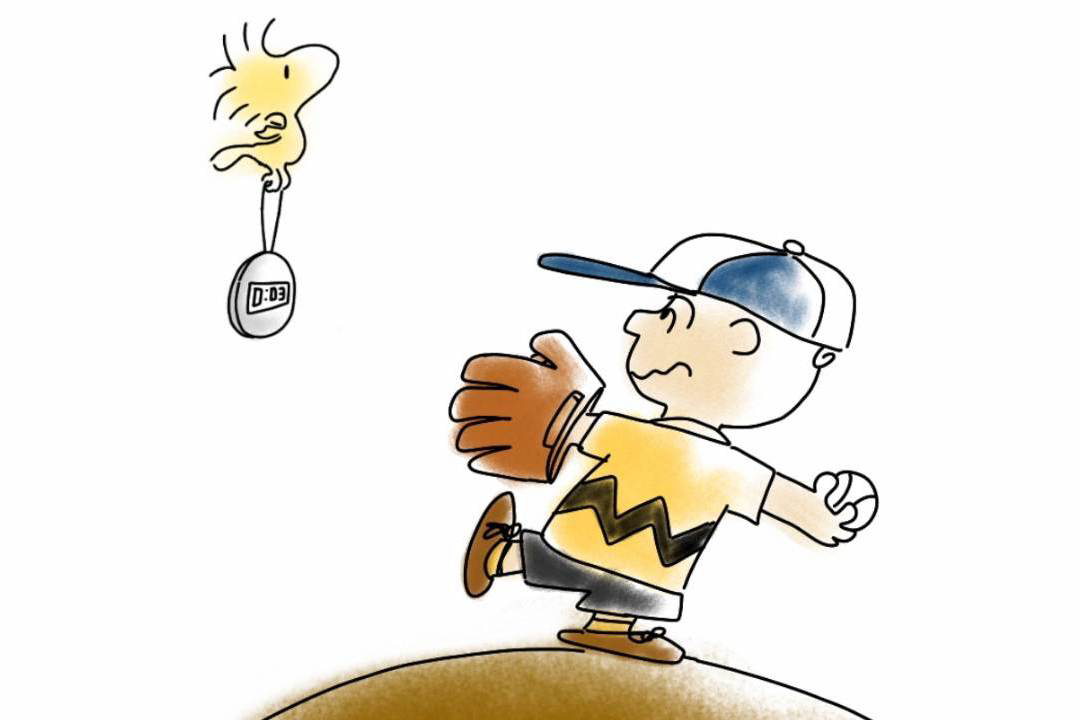The goal of every broadcast is to reach as high a viewership as possible. With players like Shohei Ohtani, Aaron Judge, and Fernando Tatis Jr., baseball has its fair share of star power at the moment.
However, star players alone can’t make up for the long game times and — due to the dominance of pitchers — less entertaining plays that fans have come to expect from recent seasons. The major league needs ‘fast action’ to increase and maintain viewership, a recipe that calls for more offensive plays during shorter games.
The trend in recent history has been an increase in average game time. While 2022 saw a minor drop in average game time, the previous three years had the highest averages in league history, ranging between three hours and six minutes to three hours and eleven minutes. Not only does this create an issue for viewers by requesting over three hours of their time, but also for networks, who must rearrange their programming schedule whenever a game goes over its prescribed slot. Prior to this year, the last time the average was below three hours had been in 2011. In 2023, however, the average game time over the 1403 games played so far has been two hours and 40 minutes, down 26 minutes from last year.
The near half-hour drop can be attributed to the pitch clock, a new addition to the MLB that places new time restrictions for pitchers and hitters. Now there is a 30-second timer between batting changes, and a 15-second timer between pitches with bases empty, which increases to a 20-second timer with runners on base. Additionally, batters have until the eight-second mark in the pitch clock to be in the batter’s box, ready to hit. Violations of these rules will result in either a ball for the pitcher or a strike for the batter. MLB has also amended rules regarding disengagement for the 2023 season, as pitchers are now allowed only three pickoff attempts — a difficult play where the pitcher unexpectedly throws a ball to a fielder, who attempts to get an opposing baserunner out — with an automatic advance for the runner if the third attempt is unsuccessful.
The pitch clock established the ‘fast’ portion of the equation necessary to increase and maintain viewership for the MLB, while the league made other rule changes to address the lack of offence. The batting average has been steadily declining since 2019, with 2022 seeing the lowest batting average in recent history at .243. However, in 2023, not only has the batting average been the highest it’s been since 2019 at .247, but runs, runs batted in, hits, on-base percentage, and stolen bases have all risen since last season.
In 2021, pitchers became the target of one of these rule changes, when the leagues put a new emphasis on enforcing rules regarding foreign substances, prompted by the record-setting low batting average through the first few months of the season. The dominance of pitchers this season was attributed to pitchers enhancing spin rates with foreign substances such as spider tack, a paste used for additional grip in weightlifting and strongman competitions. Adding more spin allows for more rise on fastballs and more movement on breaking balls. The vast majority of pitchers in the league were using foreign substances, and the drop in spin rate was immediately apparent.
Similarly, as spin rates rose once again throughout the 2022 season, enforcement of foreign substances reached a new high. Rosin — a legal substance — can result in a pitcher being ejected if they use it excessively. Despite this, the rules do not define what constitutes excessive use, resulting in a lack of enforcement of the rule until this season — Scherzer was ejected from a game earlier in April as the umpire decided he had used rosin excessively.
MLB implemented two rules this season to improve batting average and stolen bases: adding restrictions on the infield shift and increasing sizes of bases. By requiring all four infielders to be on the infield when a pitch is thrown, with two on each side of second base, the league hoped the batting average for balls in play (BABIP) would increase — which it did. As of June, the league BABIP is .296, up from .290 last year. Base sizes were also increased from 15 to 18 inches, to hopefully cause an increase in stolen bases by shortening the distance runners had to cover between bases. Stolen bases increased from 0.51 last season to 0.72 currently.
With attendance and viewership on the rise, it seems that baseball’s commitment to “fast action” is paying off. However, new rules often create issues within themselves. Amendments to the pitch clock were quickly made after New York Mets pitcher Max Scherzer began exploiting the pitch clock rule to mess with hitters’ timing during spring training. Now, pitchers are required to wait until the batter is ready to hit before setting on the mound.
It seems as if rule changes will become a common occurrence as players and teams find new ways to make up for the restrictions.



No comments to display.